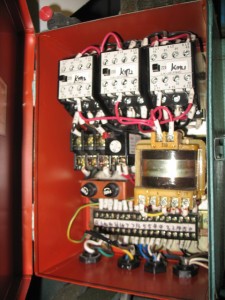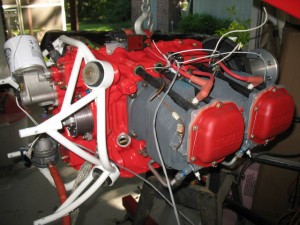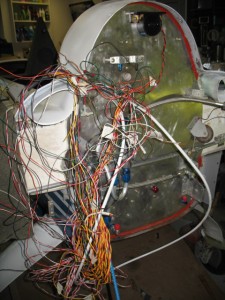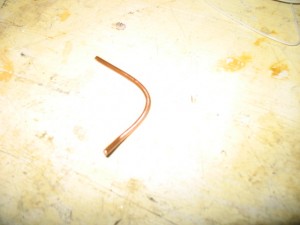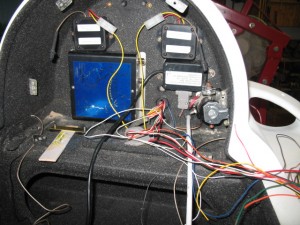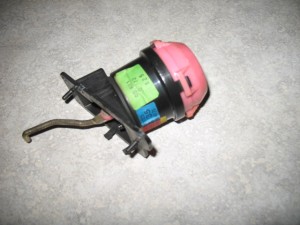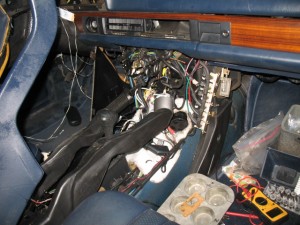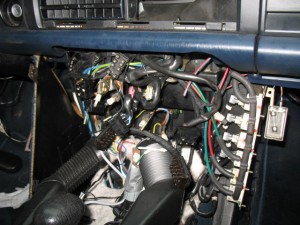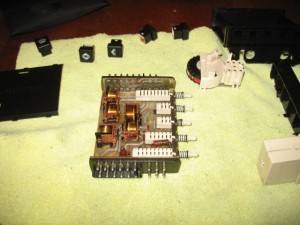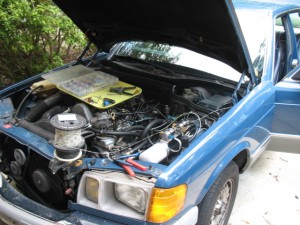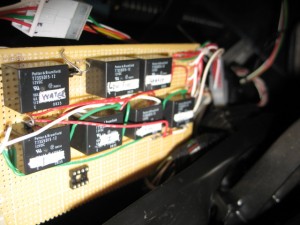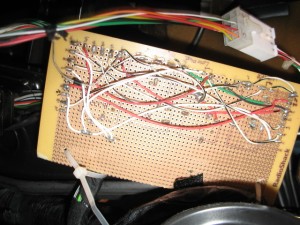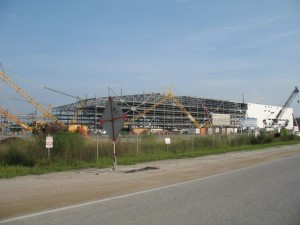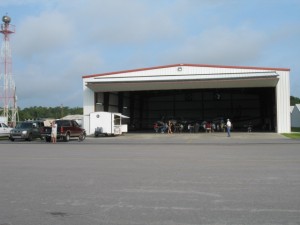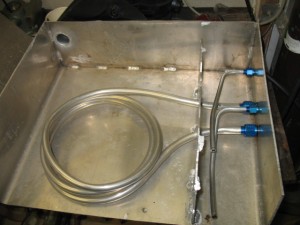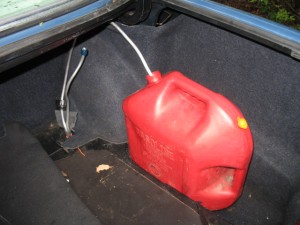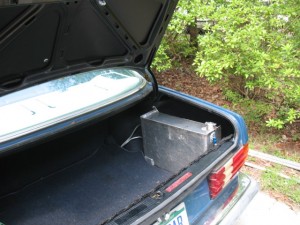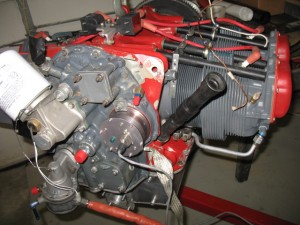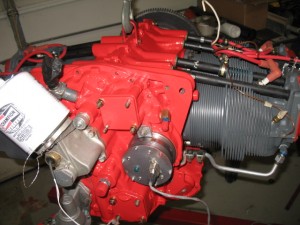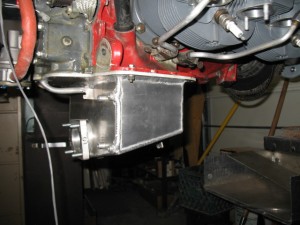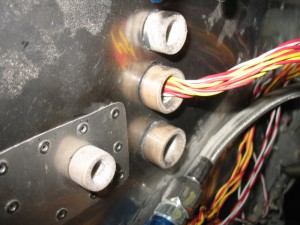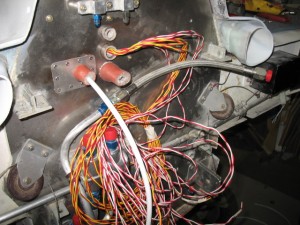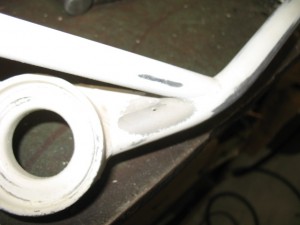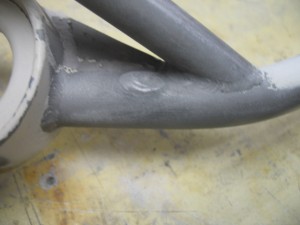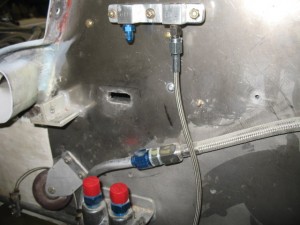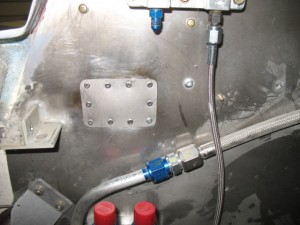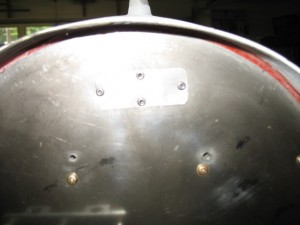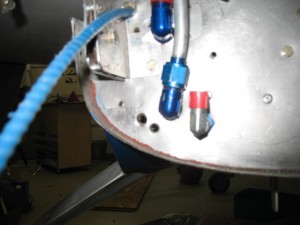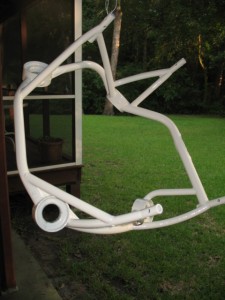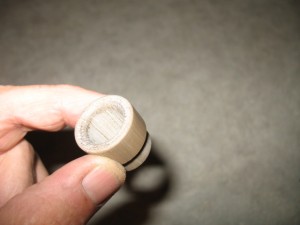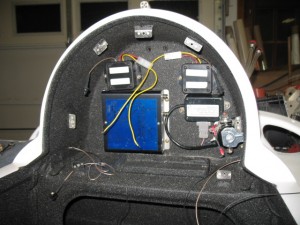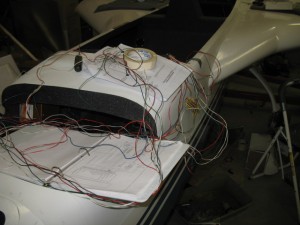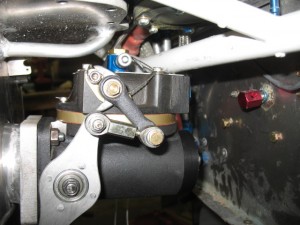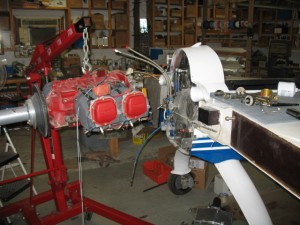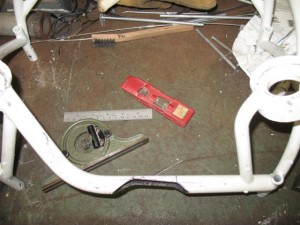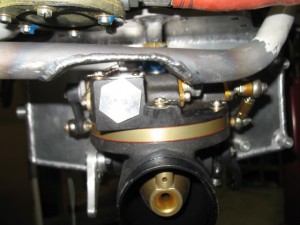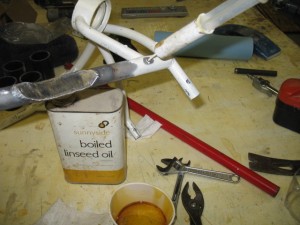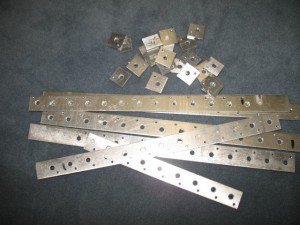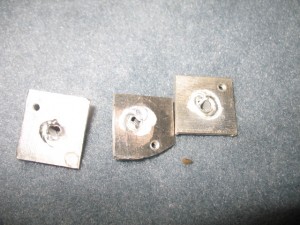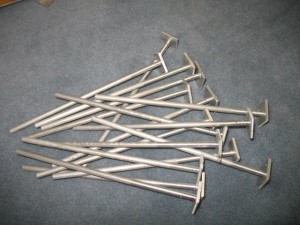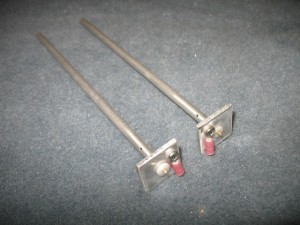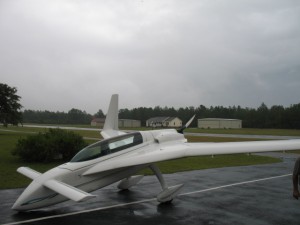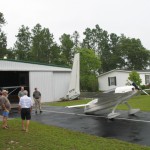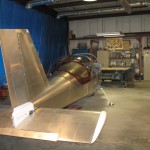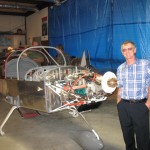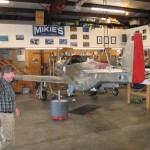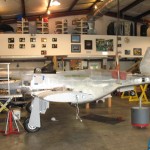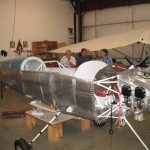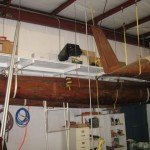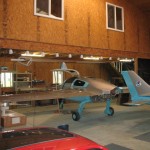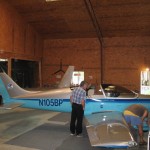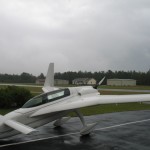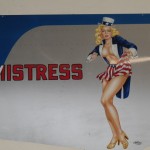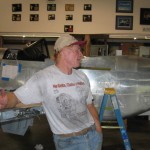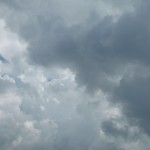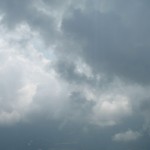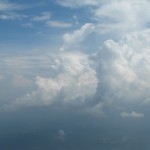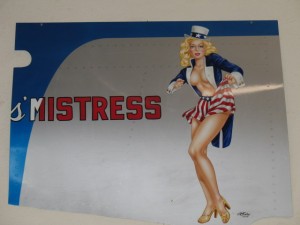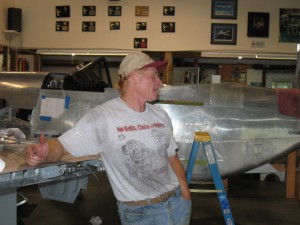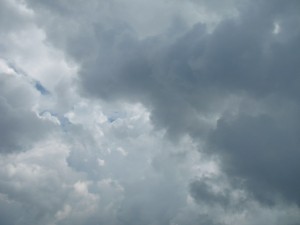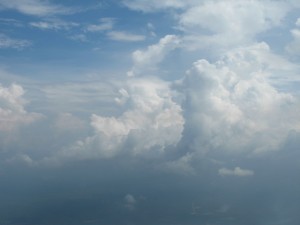Working on a sick friend
Yesterday, I stared making a new batch of fuel probes which have been selling surprising well. Thats when I found Mr. Lathe was very sick….. Yikes, he is one of my best friends in the shop!
Stop the presses, this is an emergency!!
After downloading the wiring diagrams from the web, I spent hours trying to figure out how those dam low paid chinese gals wired him up. At least the numbers were in english. Imagine, hand drawings of the wiring! Chicago Tools (Harbor Freight stuff)=Made in China junk (but the price is soooooo cheap).
After a few hours trouble shooting, I found a contractor had gone bad which has been ordered 2 day express from Calif. I should be back up and going on Friday! Woohoo!
Replacing the contractor out (upper right box) from this wiring mess is going to be a challenge. I think I would rather take part the dash of the car again.
After the trouble shoot bout with Mr. Lathe, I started back reassembling the engine. It looks really good now.
Before I remount it on the engine, there was some firewall work to be done such as pulling wires through my bulkhead fittings. What a mess! At the top is a 95 db backup beeper. It is great for scaring birds on landing and warning people at airshows to keep out of my freaking way!
This is a piece of 1/8″ copper tubing which will be for the manifold pressures sensor. I prefer putting a copper tube though the bulkhead instead of just running a piece of rubber tubing. I think it is safer and is less trouble some when removing the engine.
I also stared working on the wiring of the engine information system area. It is starting to get fun now. I love wiring!

